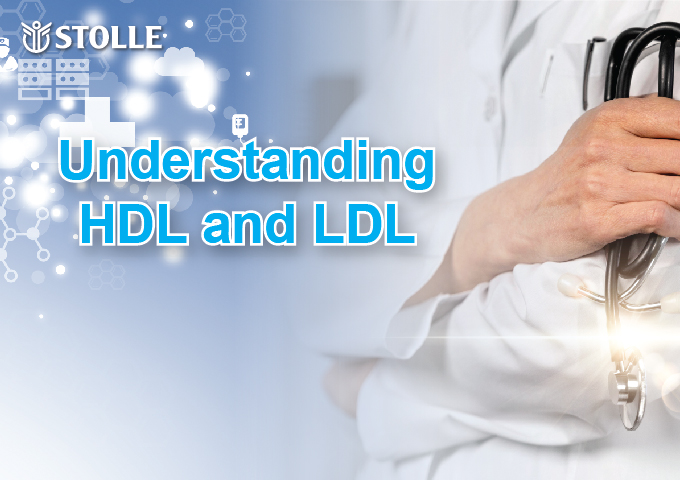

Understanding HDL and LDL
Cholesterol is a type of lipid that is crucial for normal bodily functions, including cell structure and function, hormone synthesis, and bile acid synthesis.
Despite its importance in maintaining normal physiological functions, elevated levels of cholesterol are closely associated with the risk of cardiovascular disease. Therefore, it is essential to understand the types of cholesterol, and distinguish between good and bad cholesterol.
Cholesterol is mainly divided into two types: low-density lipoprotein (LDL) and high-density lipoprotein (HDL). LDL is referred to as "bad" cholesterol because it deposits on the walls of blood vessels, forming arterial plaques, and increasing the risk of heart disease and stroke.
In contrast, HDL is known as "good" cholesterol because it helps clear LDL from the blood vessels and transports it to the liver for processing, thereby reducing the risk of cardiovascular disease.
So, what are the food sources of these types of cholesterol?
Food sources of bad cholesterol (low-density lipoprotein, LDL):
- High saturated fat foods: including red meat, butter, cheese, etc., which contain high levels of saturated fatty acids
- Processed foods: Processed meats, fast food, pastries, etc., typically contain high levels of saturated fat and trans fat
- Sugar and sugary products
- Alcohol
Food sources of good cholesterol (high-density lipoprotein, HDL):
- Olive oil: Olive oil is rich in monounsaturated fatty acids
- Fish: Fish rich in omega-3 fatty acids, such as salmon, cod, and trout
- Nuts: Nutrient-rich foods such as almonds, walnuts, and peanuts are rich in healthy fats and fiber
- Avocado: Avocado contains abundant monounsaturated fatty acids
Preventing high cholesterol is key to adopting healthy lifestyles and dietary habits. Here are some preventive measures:
- Maintain a healthy diet: Choose low-cholesterol foods such as fruits, vegetables, whole grains, lean meats, and fish. Avoid high cholesterol and saturated fat foods such as red meat, cheese, and butter.
- Control weight: Obesity is one of the major risk factors for high cholesterol. Control weight through a balanced diet and moderate exercise.
- Exercise regularly: Engage in moderate aerobic exercises such as brisk walking, jogging, swimming, or cycling to increase HDL levels and lower LDL levels.
- Quit smoking: Smoking reduces HDL levels and increases the risk of cardiovascular disease. Therefore, quitting smoking is one of the important steps in preventing high cholesterol.
- Limit alcohol consumption: Excessive alcohol consumption increases weight and cholesterol levels, so alcohol intake should be limited.
- Add a sachet of ImmNuPlus daily: Patented bioactive factors such as specific IgG, secretory IgA, lactoferrin and anti-inflammatory factors directly support the immune system by balancing immune responses and reducing cholesterol and blood pressure.







